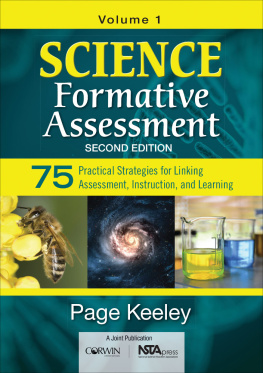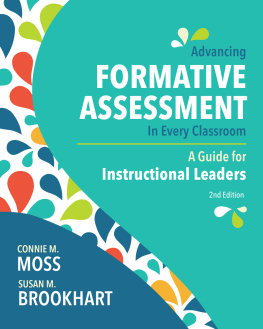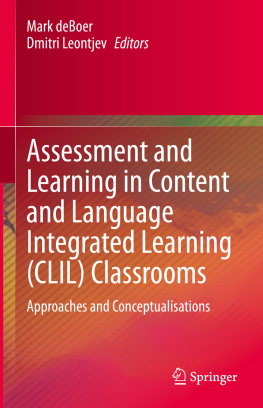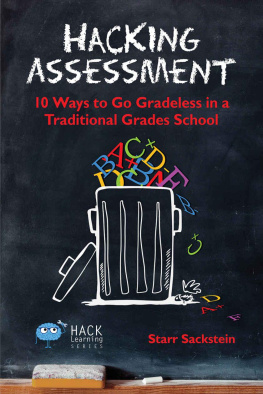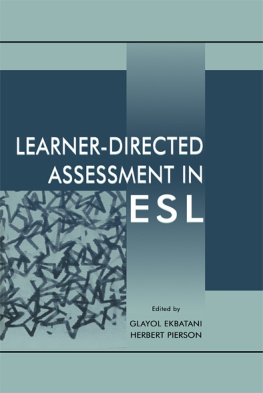Formative Assessment in Science
Science educators agree that good assessment practices are integral to informing teaching and learning, as well as measuring and documenting student achievement. When I began writing the first edition of this book in 2006, the balance of time, resources, and emphasis on assessment was tilted considerably toward the summative side. This imbalance led to a cycle of even more standardized testing of students, test-taking practice, and mile wide, inch deep instruction, often with only marginal gains in achievement. When science test scores failed to improve significantly, the knee-jerk reaction was to increase the cycle of testing and test preparation, covering large amounts of content in a superficial way. This reduced the amount of time teachers spent on really understanding what their students were thinking prior to and throughout instruction and using that information to design learning opportunities that help students develop deeper conceptual understanding. Fast forward to almost 10 years later, and I am happy to say that in science much of that weight has been shifted to the formative side so that assessment is truly a balance between diagnostic/formative assessment and summative assessment. I like to think, and maybe Im not too far off, that the first edition of this book, combined with the National Science Teachers Associations Uncovering Student Ideas in Science and the extensive professional development that was provided to districts, contributed to this shift. Today, I am pleased to see a huge interest in science formative assessment, particularly as it relates to uncovering student thinking and using that information to make better informed instructional decisions.
This revised edition continues to address the need to balance opportunity to learn, which includes assessment for learning (Black, Harrison, Lee, Marshall, & Wiliam, 2003), with assessment of learning. Optimal opportunities to learn exist when science teachers are aware of the variety of different ideas students are likely to bring to their learning, see the connections between students thinking and the specific ideas targeted by state and national standards, and provide learning experiences that build a bridge between their students thinking and the accepted scientific ideas. What is effective for one purposeexternal accountabilitymay not effectively serve the purpose of informing instructional planning and decision making, which is what ultimately affects student learning. A rich repertoire of formative assessment techniques provides the ongoing feedback and stimulus for deep thinking that a high-stakes test once or twice a year cannot provide in time to inform instruction and improve learning.
Teachers are the most important link in the chain that connects assessment, instruction, and learning. The need for a varied repertoire of purposeful techniques that weave assessment throughout instruction and learning is what led to this book. I hope you can turn the insights and ideas gleaned from this book into practical actions that will transform teaching and learning in your classroom.
Purpose and Need
A substantive body of research indicates that formative assessment can significantly improve student learning. Yet this same research shows that the features of formative assessment that affect student achievement are, sadly, missing from many classrooms (Black et al., 2003). Formative assessment is research rich, yet practice poor. The purpose of this book is to provide teachers with guidance, suggestions, and techniques for using formative assessment to improve teaching and learning in the science classroom. A wide variety of assessment books and resources available to educators provide the theoretical rationale for formative assessment, its implications for teaching and learning, and general strategies. What makes this book different is that it is focused on the discipline of science. Science, through which we seek to understand the natural world, has nuances that are very different from other subject areas. That is why science educators need a resource that is specifically focused on the discipline of science. This book expands on the current literature by identifying and describing practical techniques science teachers can use to build a rich repertoire of formative assessment strategies for the science classroom that help them uncover students ways of thinking about phenomena and concepts in science.

